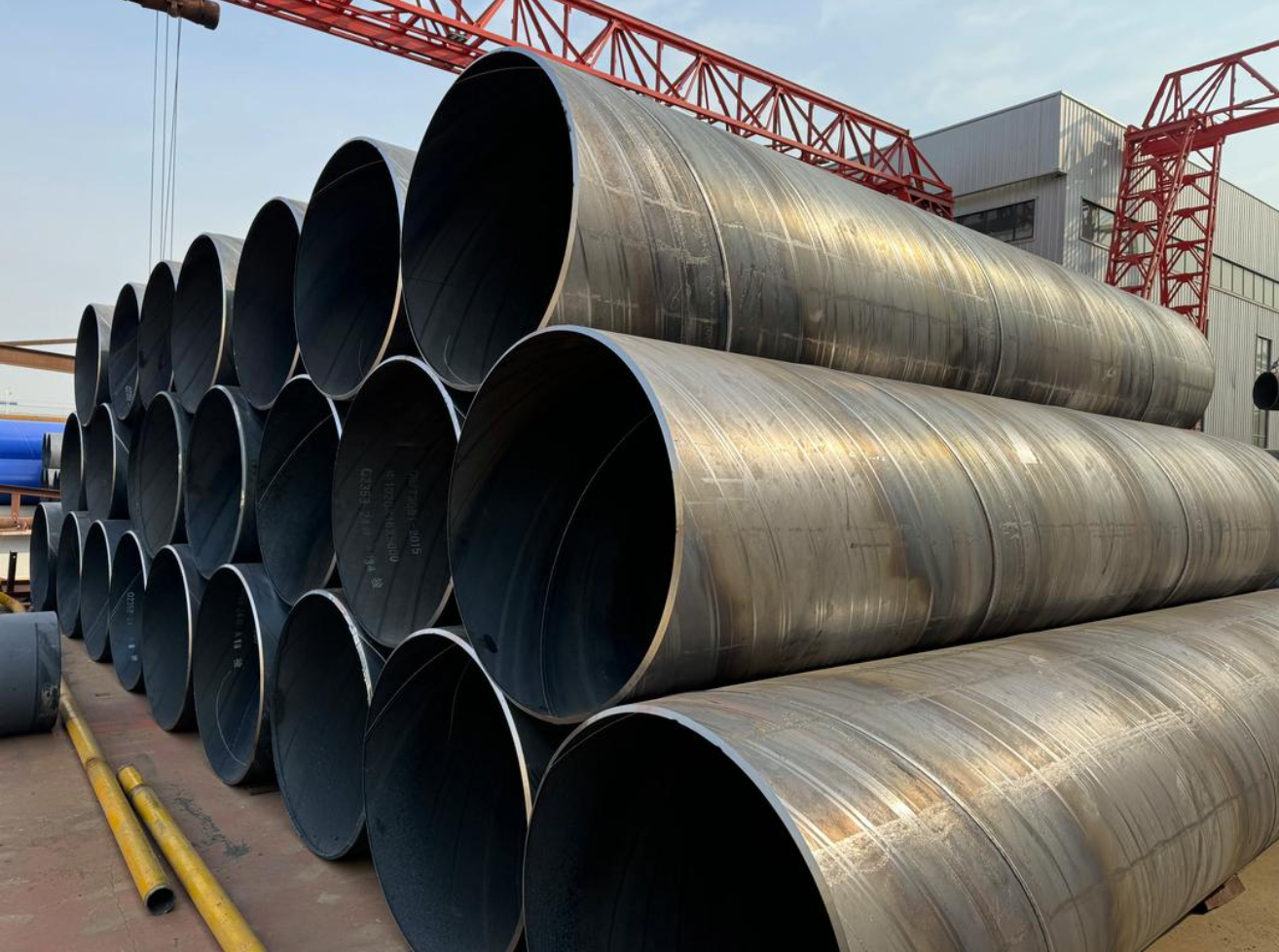
3/14
Choosing the appropriate type of steel pipe requires comprehensive consideration of factors such as usage environment, performance requirements, and budget. Here are specific suggestions:
1. Choose the type of steel pipe based on its intended use
Fluid transportation: Welded steel pipes, such as those in GB/T 3091 standard, can be used for low-pressure fluid transportation; For high-pressure and high-temperature environments, seamless steel pipes such as GB 5310 series steel pipes should be selected.
Building structure: For high-rise buildings with load-bearing structures or bridges that require high strength, seamless steel pipes are preferred; Welded steel pipes can be used for low-pressure support structures or scaffolding.
Oil and gas transportation: Priority should be given to spiral welded pipes that comply with GB/T 9711 or API 5L standards, especially API 5L PSL2 level, to ensure safety in high-pressure environments.
Chemical industry: When transporting corrosive media, choose steel pipes with strong corrosion resistance, such as 316L stainless steel pipes.
2. Select materials based on performance requirements
Carbon steel pipe: suitable for low temperature and low pressure environments, with low cost and good processing performance.
Alloy steel pipe: suitable for high-pressure and heavy-duty scenarios, with high strength and superior high temperature resistance.
Stainless steel pipe: Suitable for corrosive environments, such as 316L stainless steel pipe, which has strong corrosion resistance and is suitable for the chemical industry.
Galvanized steel pipe: suitable for humid environments such as water supply and drainage systems or HVAC pipelines, with strong anti-corrosion ability.
3. Choose specifications based on the work environment
Pressure rating: Steel pipes with larger wall thickness should be selected for high-pressure environments. For example, when the working pressure is 1.0-1.6MPa, the wall thickness of DN400-DN600 steel pipes should reach 10-14mm.
Temperature conditions: High temperature environments require the selection of high-temperature resistant materials, such as alloy steel or high-temperature resistant stainless steel; Attention should be paid to the cold insulation performance in low-temperature environments, such as polyurethane insulated steel pipes.
Corrosive environment: In acidic soil or high humidity areas, choose outer protective steel pipes with strong corrosion resistance, such as high-density polyethylene outer protective steel pipes.
4. Choose an economical plan based on the budget
Low cost solution: For low-pressure and conventional applications, hot-rolled steel pipes or welded steel pipes can be selected, with a lower cost of 7.
High cost-effectiveness solution: On the premise of ensuring performance, choose standard steel pipes that meet the requirements, such as products according to GB/T 3091 or GB/T 9711 standards.
5. Special needs and customized choices
Size and shape: Choose pipe diameter and shape according to installation space and design requirements, such as thin pipe diameter or special-shaped steel pipe.
Surface treatment: For scenes with high appearance requirements, polishing treatment can be chosen, while ordinary treatment in industrial environments is sufficient